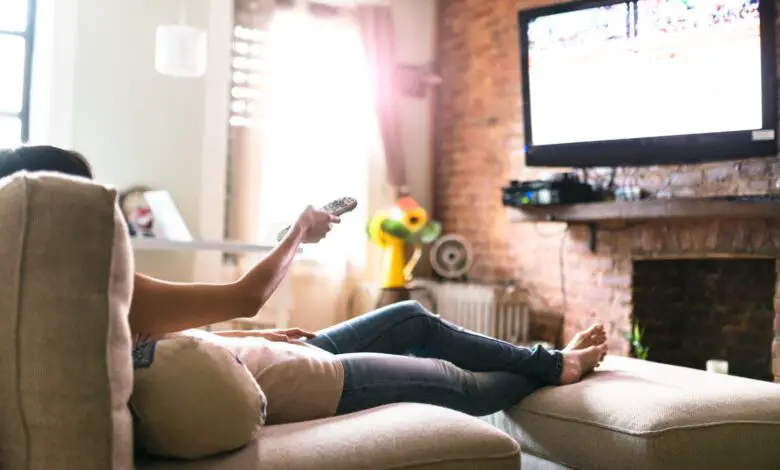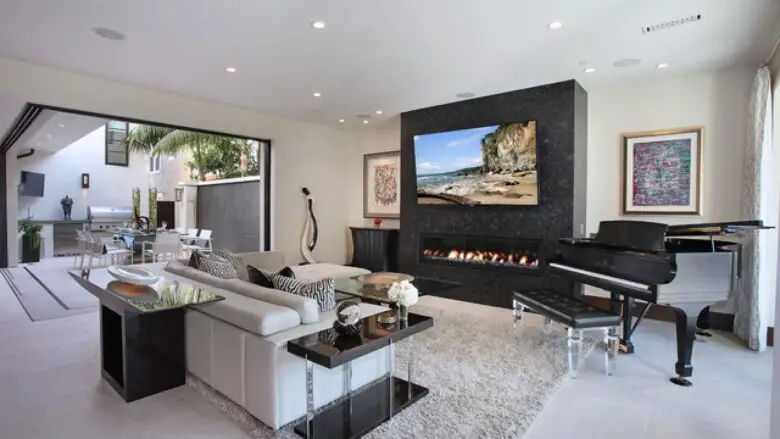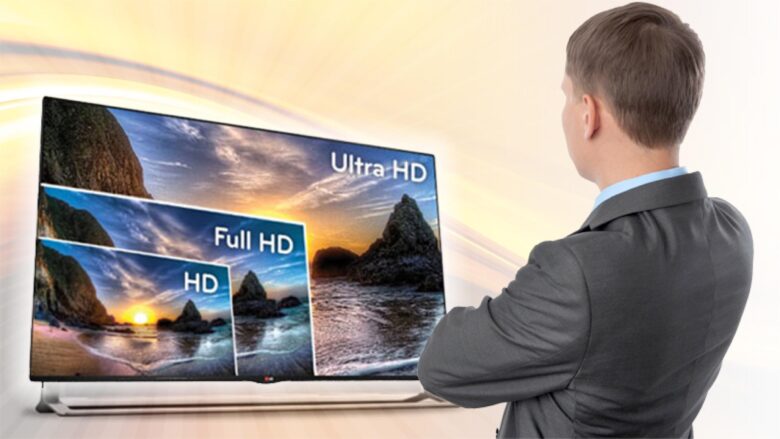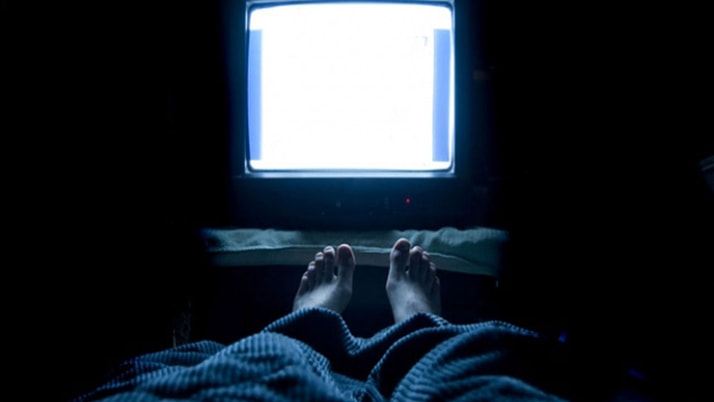How to Find The Optimal TV Viewing Distance – 2024 Guide

If you have recently decided to buy a new TV, you will be interested to know how far you should place it to enjoy its image quality to the maximum. It depends on the size of the television.
You buy a new TV, and when you bring it home it turns out that it is to big. The most frequently asked questions you may have are the following: How far do I have to place the TV I just bought so that it can be watched properly? No matter how small or very large your living room (or any other room) is, the distance at which you watch TV is essential to fully enjoy the image quality.

Whether before or after buying a new TV, ideally, you should measure the distance you have available from the sofa or another point from where you are going to see it to the place where you are going to put the device. If you do it before buying the TV, this data will be very useful to calculate what the optimal distances are depending on the resolution of the screen, which will help you select the inches that the television must-have.
However, on many occasions, we get carried away by other criteria to choose the TV and we do not take into account the size of the screen until we get home. If this is your case and now that you have it you want to know at what distance you have to place the television, take note because we explain what you have to take into account to choose the best location for the device based on its size and its resolution.
Basic calculation
Based on the signal received and the resolution of the television, the recommended viewing distances (in cm) are usually determined by the following rules:
-For a standard definition TV (SD or HD) (1366 × 768) the recommended distance is = Diagonal of the screen (in cm) x 3.5 or 3.9.
-For a High definition TV (Full HD or FHD) (1920 × 1080) the recommended distance is = Diagonal of the screen (in cm) x 2.5 or 2.6.
-For a 4K or Ultra HD (UHD) TV (3840 × 2160) the recommended distance is = Screen Diagonal (in cm) x 1.3 or 1.5.

Resolution
In general terms, we can point out that the optimal viewing distance increases with the size of the screen. In addition, we observe that, on average and for the same screen size, the difference between the distances for UHD and Full HD televisions are minimal: 2.5% for 40 “, 3.5% for 48” and 5.5% for 55 ”. The same occurs with the range considered acceptable (minimum distance and maximum distance), since the differences in all cases did not exceed 5.5%.
The image resolution does not make a huge difference, since the majority of the test participants considered that the FHD quality was sufficient.
We also observed that regardless of the viewing distance and the resolution (UHD or FHD), the test participants preferred to maintain a constant viewing angle of about 22º, which implies that the resolution of a FHD TV signal was satisfactory for the most of them, and that the added benefit of a higher resolution (UHD) does not significantly make a difference in the optimal viewing distance from the TV. But if you want to see a difference when watching TV, contact a professional, such as TaylorAerials, who will provide you with a crystal clear picture.
Perception of details
Almost half of the participants, over 40%, answered that they perceived more details on a UHD television than on an FHD one. An approximate number of people were not able to choose, as the differences seemed negligible to them. Only slightly more than 12% of the panelists saw more details on a FullHD television.
The viewing distance does not seem important for the perception of details, since even with a large 48-inch screen, and at close range (less than optimal), the percentages of the three groups (those who saw differences in FHD, those who saw differences in UHD and those who saw no difference) remained similar with respect to whether they were at the optimal viewing distance.
Vision angle
Studies conducted in this regard show that a person with 20/20 perfect vision can distinguish details of 60 pixels per degree. This goes to say that the optimal viewing angle for a 1080p television is 33 degrees. Although this factor is quite difficult to control in the home environment, for large-format televisions or projectors, experts recommend keeping an optimal viewing distance under a 30-degree viewing angle for an immersive cinematic experience. However, there are other factors that may be more decisive for a better enjoyment of the image quality in high definition, such as the elimination of the image pixelation effect or the maximization of details.
Other variables to watch TV:
-Ideally, the eyes should be at the center of the screen, so children should not be allowed to watch TV lying down or sitting on the floor.

-At night you should not watch TV with the room in the dark. A slight ambient light will be enough to avoid glare on the screen and favor visual capabilities.
-Sit as centered as possible in front of the TV since, depending on the type of screen, we can begin to lose color perception from 60 °.
-Avoid reflections on lampshades, spotlights or windows.
-Before acquiring a 3D TV, check that it has a good sensory fusion because people with anisometropia or fixation deviations may not have a good stereopsis and cannot achieve a three-dimensional vision.
-People with eye pathologies who have reduced visual abilities should select a TV with a good resolution and not take into account the recommendations in this article but adopt the distance that is most profitable for their useful.
Conclusion:
On the Internet, you will find the infinity of calculators that allow you to enter the distance between your TV and your sofa to know what is the most suitable screen size according to its resolution.
However, you have to keep in mind that all these calculations are a close approximation, since there are other factors that come into play when watching television and that may vary the optimal distance for each person. Details such as the visual acuity of each one, the lighting of the room at any moment or the age of the viewer can produce slight variations in the most appropriate separation between the television and the sofa.
